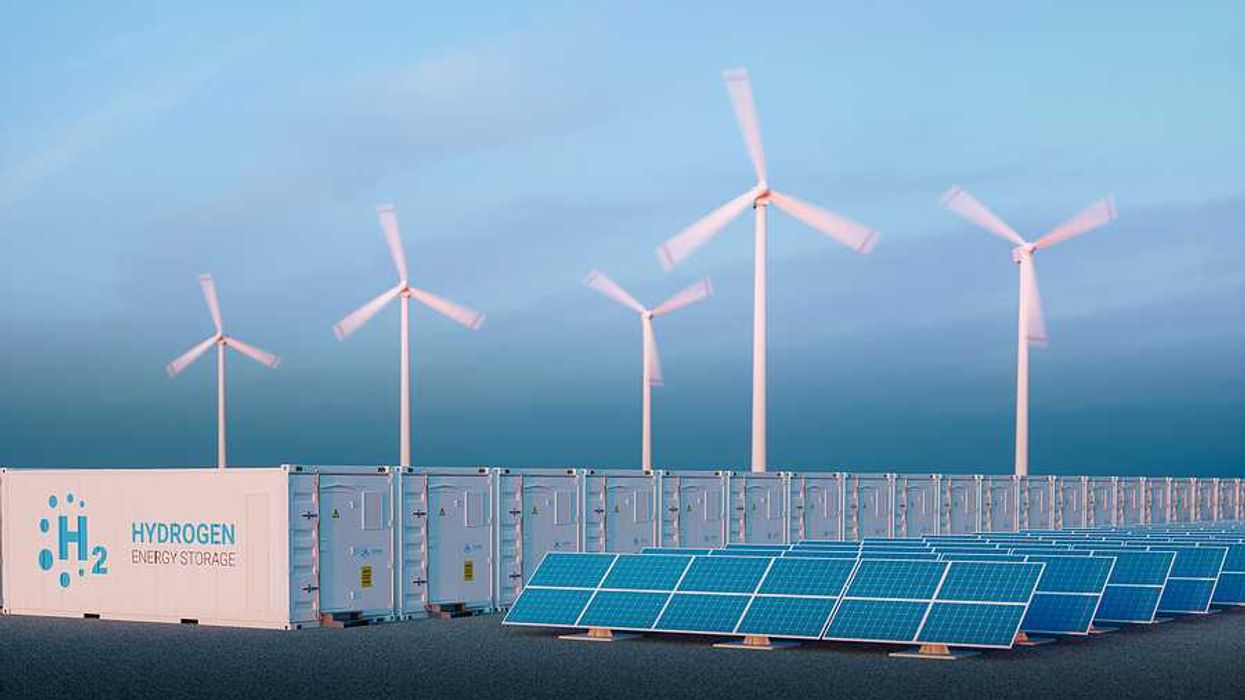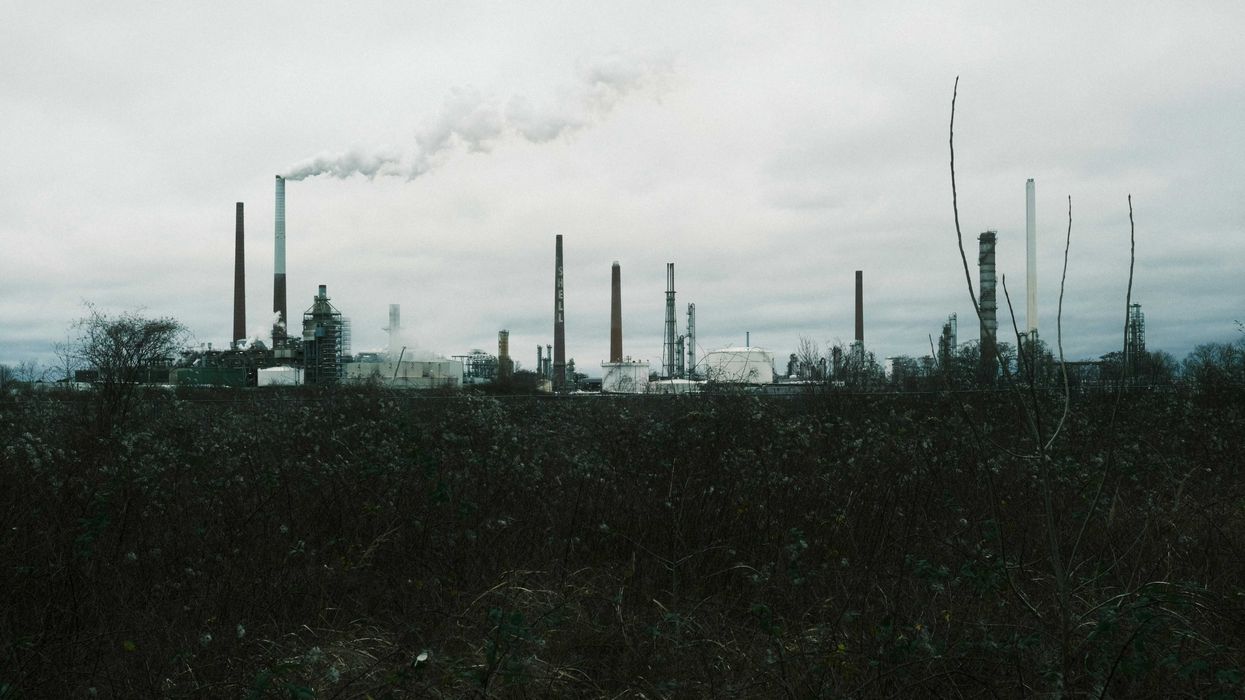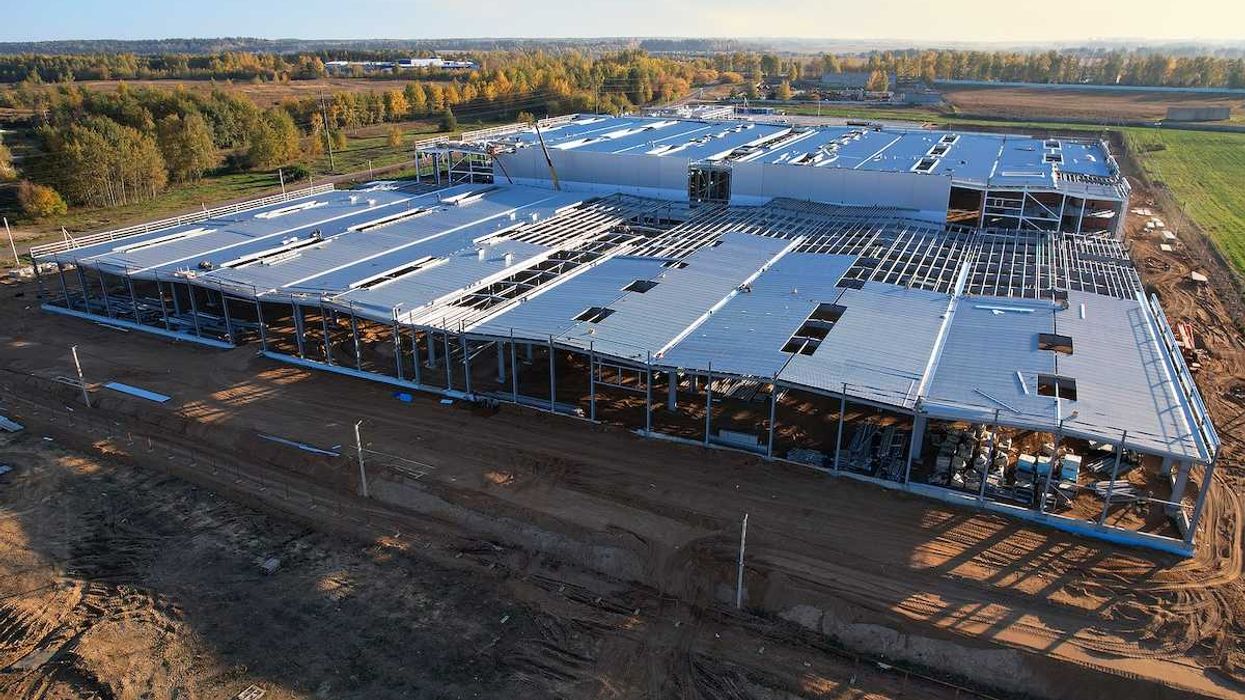Cleveland-Cliffs is scaling back plans to build the nation's first green steel plant in Ohio, pivoting away from hydrogen and back to fossil fuels as federal incentives face repeal and political winds change in Washington.
Alexander C. Kaufman reports for Canary Media.
In short:
- Cleveland-Cliffs was set to retrofit its Middletown, Ohio, mill with hydrogen-ready equipment and electric melting furnaces, backed by $500 million in federal funds. The plan is now in doubt as the company reconsiders using cheaper fossil fuels instead.
- CEO Lourenco Goncalves cited limited access to green hydrogen and high costs as major barriers. Proposed federal cuts to hydrogen subsidies could further derail the project’s financial viability.
- The switch threatens both environmental and economic goals, including the creation of 2,300 jobs and $373 million in local economic activity projected by a clean-energy think tank.
Key quote:
“Without hydrogen, the entire thing falls apart.”
— Lourenco Goncalves, CEO of Cleveland-Cliffs
Why this matters:
Steelmaking is one of the world’s dirtiest industries, responsible for up to 8% of global carbon emissions. Transitioning away from coal-based production is critical for slowing climate change and curbing toxic air pollution, especially in industrial towns already burdened by health risks. Hydrogen offers a potential clean fuel, but without infrastructure, incentives, or scale, companies struggle to justify the shift. Political changes — like President Trump’s efforts to unwind climate-era policies — compound the challenge, leaving federal goals vulnerable to reversal. As the U.S. falters, competitors in Europe and Asia press ahead, threatening America’s role in the emerging clean manufacturing economy. What happens in Middletown could signal the fate of green steel in the U.S.
Related: Cleaner steelmaking can’t come fast enough for this Northern Ontario city














